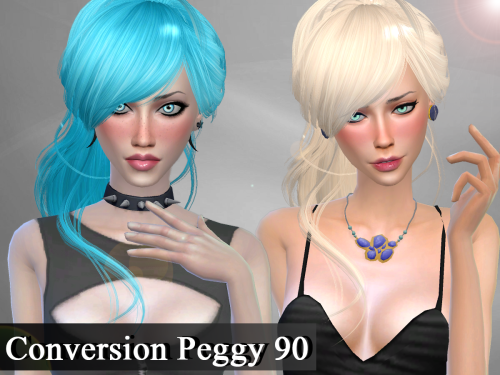


(See notes.)īlend Geometry (BGEO) - Uses vertex ID numbering to find information in a BGEO file which tells the game how to modify vertex position and normals.

They cannot be used for fingers or tongue and should be avoided for eyeballs, teeth, and possibly backs of ankles because of the way they're mapped in the UV1. DMaps are less precise than the other methods. Only morph data for the sim's left side (your right side) is used and mirrored for the other side, so you can't make an assymetrical morph. This method will work on any mesh with a correct UV1, including all lods. There are two DMaps for every morph: one for shape and one for normals. The UV1 (second uv map) of the mesh is used to get xy coordinates to find the right location in the image. There are three morphing mechanisms in The Sims 4:ĭeformer Map (DMap) - Uses information encoded as a bitmap image to tell the game how to modify vertex position and normals. (Tested with Milkshape and Blender.)įirst, some technical background. Milkshape 3D ( $35/25 Euros, 30 day free trial), Blender 2.75 or above ( ) used with the correct OBJ import/export settings, or another mesh editor that handles OBJ meshes and exports them without changing the order of the vertices or composition of the faces.Warning for lots of technical stuff, but you don't have to understand everything to make a working custom slider. What it will not do: Show you how to use a mesh editor. What this tutorial will do: Show you how to use TS4 MorphMaker to create a custom body slider using a Deformer Map morph. Making a CAS slider with TS4MorphMaker using a Deformer Map


 0 kommentar(er)
0 kommentar(er)
